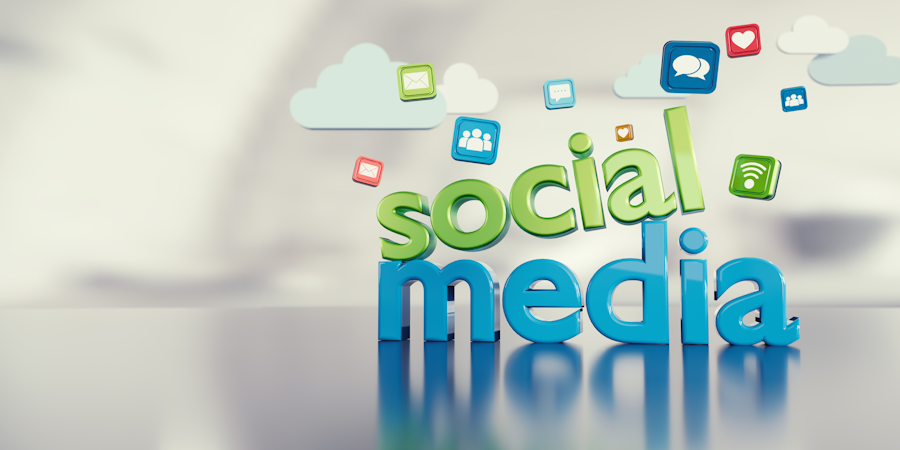
Social media seems to get more complex every day – especially if you’re using it to raise your business profile. Walking the line between promotion and engagement is always difficult – and every social platform is different.
There was a time when it was OK to put the same post on Twitter, your LinkedIn profile, and your Facebook page – but the algorithms seem to change weekly and what works on one platform doesn’t necessarily work on another.
The content of your posts depends on:
- What kind of business you are
- What kind of customers you want to reach or influence
- Where your ideal customers are most active
- What they want to consume
An endless stream of promotional posts featuring your company’s products or services won’t engage people. They’ll just tune you out.
There are two strings to LinkedIn – your personal account and your company page. Most people engage with you through your personal account. That doesn’t mean that you shouldn’t post on your company page, an empty company page doesn’t look good (and is just an opportunity for LinkedIn to put their ads in place).
The company page should feature good quality information about your products and services, testimonials, tips and advice. In contrast your personal posts can be more conversational and on a wider range of subjects including opinions on news items and comments on other people’s posts.
Your Facebook page can be a great place to engage – or it can be a dead place where the tumbleweed blows through! The challenge for most page owners is that even if you have 500 likes or followers, Facebook algorithms don’t show your posts to these people – unless you boost a post or advertise.
That means that people only visit your page if you pay or if they like your content so much that they come back to your page deliberately. That means you need to build a community that keeps coming back – so your content needs to offer them something they want. Your challenge is to work out what that is – and then deliver it.
This platform is image-driven – and links don’t work, so you need to be really creative about how you present your message. You can put narrative into the text area, but people will only see that if they’re interested enough to click and open it up. That means your images need to be interesting and generate enough curiosity for people to want to find out more.
Although Twitter doubled the maximum number of characters from 140 to 280 tweets still need to be short, snappy and have energy. As you can’t put long copy on Twitter you need to make your point succinctly.
Ideally, your tweets will link the reader to more information by adding a link to a blog or a place where the reader can get more information.
YouTube
You can’t ignore the fact that YouTube has a massive audience. Many people use it as a search engine to find ‘how to’ videos or get visual information on a subject. If you don’t have a presence you could be missing many opportunities.
There are all kinds of advice on the ‘right’ kind of videos to upload. And lots of successful YouTubers that break all the ‘rules’ or make new ones.
You don’t need to upload 30 minute epics, but that doesn’t mean you can’t if you have something that needs that kind of time frame. However, it’s good to have some shorter videos too – something around the length of the average song – so anything from 3-6 minutes works well.
This is where you need to do some planning and consider what people might be searching for – then ensure your video title, tags and description all mention this key phrase.
***
OF course, there are many more platforms, Pinterest, TikTok, SnapChat – and every week another one surfaces. Some sink quickly into oblivion and some become the next new thing. The secret is to know what your audience is looking at and then meeting them on their ‘home’ ground.
